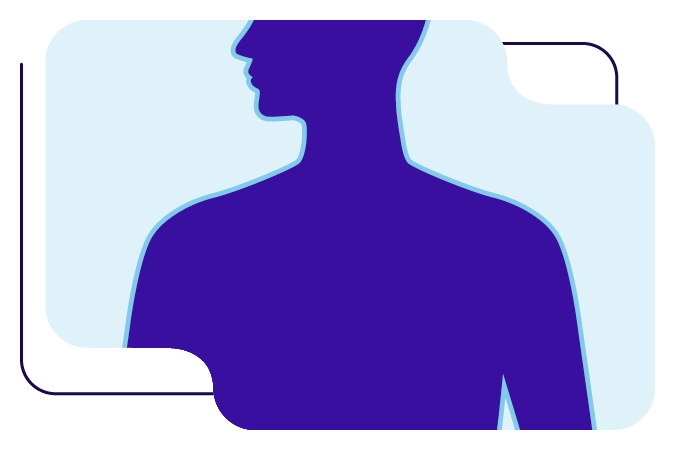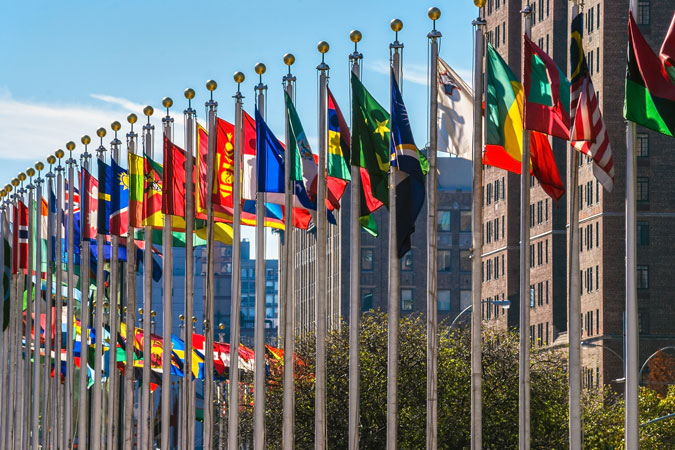Skin cancer statistics
Skin cancer is the 17th most common cancer worldwide. It is the 14th most common cancer in men and the 14th most common cancer in women.

On this page
Latest skin cancer data
There were 331,722 new cases of skin cancer in 2022. The tables below give information about the countries with the highest rates, incidence and mortality from skin cancer – referred to as melanoma of the skin in GLOBOCAN.
Skin cancer incidence (cases)
The US, Germany and the UK had the highest number of skin cancer cases in 2022.
The following 3 tables show the 10 countries with the highest skin cancer incidence in 2022 – 1st for both sexes, then men and women separately. We have also included the ASRs for each of these countries.
| Rank | Country | Number | ASR/100,000 |
|---|---|---|---|
| World | 331,722 | 3.2 | |
| 1 | US | 101,388 | 16.5 |
| 2 | Germany | 21,976 | 16.5 |
| 3 | UK | 19,712 | 15.3 |
| 4 | Australia | 16,819 | 37.0 |
| 5 | France (metropolitan) | 15,729 | 13.5 |
| 6 | Italy | 13,769 | 12.7 |
| 7 | Russia | 12,903 | 5.3 |
| 8 | Canada | 11,383 | 14.5 |
| 9 | Brazil | 9,676 | 3.3 |
| 10 | China | 8,789 | 0.37 |
| Rank | Country | New cases in men | ASR/100,000 |
|---|---|---|---|
| World | 179,953 | 3.7 | |
| 1 | US | 60,762 | 19.3 |
| 2 | Germany | 11,667 | 13.4 |
| 3 | Australia | 10,902 | 45.9 |
| 4 | UK | 10,170 | 15.1 |
| 5 | France (metropolitan) | 7,880 | 14.5 |
| 6 | Italy | 7.325 | 13.3 |
| 7 | Canada | 6.434 | 15.9 |
| 8 | Russia | 5,223 | 5.2 |
| 9 | Brazil | 4,958 | 3.6 |
| 10 | China | 4,402 | 0.37 |
| Rank | Country | New cases in women | ASR/100,000 |
|---|---|---|---|
| World | 151,769 | ||
| 1 | US | 40,626 | 14.4 |
| 2 | Germany | 10,309 | 10.9 |
| 3 | UK | 9,542 | 15.8 |
| 4 | France (metropolitan) | 7,849 | 12.6 |
| 5 | Russia | 7,680 | 5.5 |
| 6 | Italy | 6,444 | 12.2 |
| 7 | Australia | 5,917 | 29.1 |
| 8 | Canada | 4,949 | 13.4 |
| 9 | Brazil | 4,718 | 3.1 |
| 10 | China | 4,387 | 0.36 |
Skin cancer age-standardised rates
Age-standardised rates (ASR) are a summary measure of the rate of disease that a population would have if it had a standard age structure. Standardisation is necessary when comparing populations that differ with respect to age because age has a powerful influence on the risk of developing/dying from cancer.
It is important to note that some countries have a high ASR but a low total number of cases, while other have a low ASR but a high number of cases. This is because ASRs are reported per 100,000 people. So, for example, an ASR of 10 in a population of 100,000 = 10 cases of cancer, but an ASR of 1 in a population of 10 million = 100 cases.
The following table gives the top 5 countries by ASR for skin cancer incidence for both sexes combined.
| Country | New cases 2022 | ASR |
|---|---|---|
| Australia | 16,819 | 37.0 |
| Denmark | 3,144 | 31.1 |
| Norway | 3,169 | 30.6 |
| New Zealand | 2,739 | 29.8 |
| Sweden | 5,259 | 27.4 |
The following tables give the top 5 countries by ASR for skin cancer incidence for men and women.
| Country | New cases in men | ASR |
|---|---|---|
| Australia | 10,902 | 45.9 |
| New Zealand | 1,547 | 35.1 |
| Norway | 1,622 | 30.0 |
| Denmark | 1,463 | 26.9 |
| Sweden | 2,697 | 26.8 |
| Country | New cases in women | ASR |
|---|---|---|
| Denmark | 1,681 | 35.6 |
| Norway | 1,547 | 31.7 |
| Australia | 5,917 | 29.1 |
| Sweden | 2,562 | 28.4 |
| Netherlands | 4,143 | 27.9 |
Skin cancer deaths
The US, China and Russia had the highest number of deaths from skin cancer in 2022.
The following 3 tables show the 10 countries with the highest number of skin cancer deaths in 2022 – 1st for both sexes, then men and women separately. We have also included the ASRs for each of these countries.
| Rank | Country | Number | ASR/100,000 |
|---|---|---|---|
| World | 58,667 | 0.53 | |
| 1 | US | 7,368 | 1.0 |
| 2 | China | 5,385 | 0.20 |
| 3 | Russia | 3,928 | 1.5 |
| 4 | Germany | 3,303 | 1.4 |
| 5 | UK | 2,626 | 1.5 |
| 6 | Italy | 2,463 | 1.5 |
| 7 | Brazil | 2,273 | 0.73 |
| 8 | India | 2,197 | 0.16 |
| 9 | France (metropolitan) | 2,087 | 1.4 |
| 10 | Poland | 1,882 | 1.9 |
| Rank | Country | Number in men | ASR/100,000 |
|---|---|---|---|
| World | 33,160 | 0.65 | |
| 1 | US | 4,821 | 1.4 |
| 2 | China | 2,864 | 0.23 |
| 3 | Germany | 1,934 | 1.7 |
| 4 | Russia | 1,855 | 1.8 |
| 5 | UK | 1,546 | 1.8 |
| 6 | Italy | 1,510 | 1.9 |
| 7 | Brazil | 1,317 | 0.96 |
| 8 | France (metropolitan) | 1,177 | 1.8 |
| 9 | India | 1,149 | 0.16 |
| 10 | Poland | 1,014 | 2.6 |
| Rank | Country | Number in women | ASR/100,000 |
|---|---|---|---|
| World | 25,507 | 0.43 | |
| 1 | US | 2,547 | 0.71 |
| 2 | China | 2,521 | 0.18 |
| 3 | Russia | 2,073 | 1.2 |
| 4 | Germany | 1,369 | 1.0 |
| 5 | UK | 1,080 | 1.2 |
| 6 | India | 1.048 | 0.15 |
| 7 | Brazil | 956 | 0.55 |
| 8 | Italy | 953 | 1.1 |
| 9 | France (metropolitan) | 910 | 1.1 |
| 10 | Poland | 868 | 1.4 |

What affects skin cancer?
Get all the data about this cancer type and how to reduce your risk



